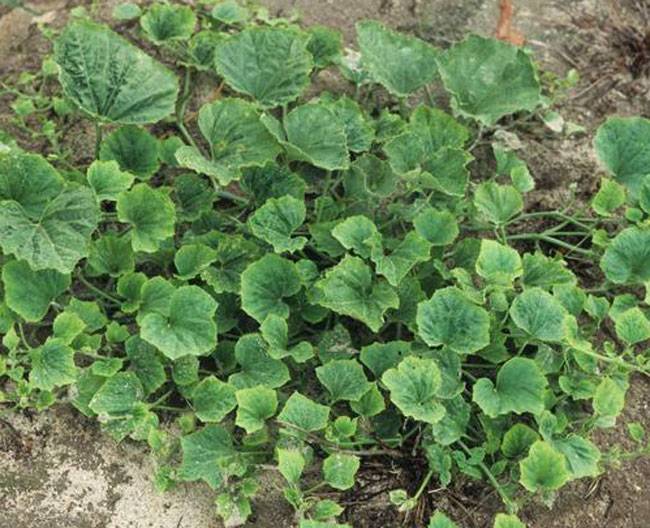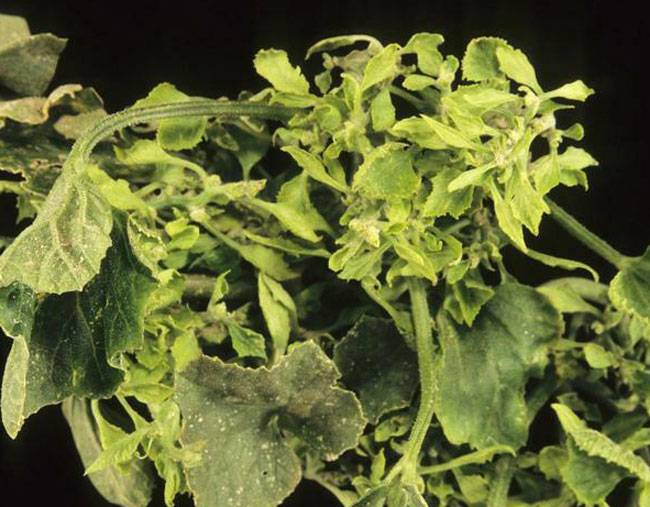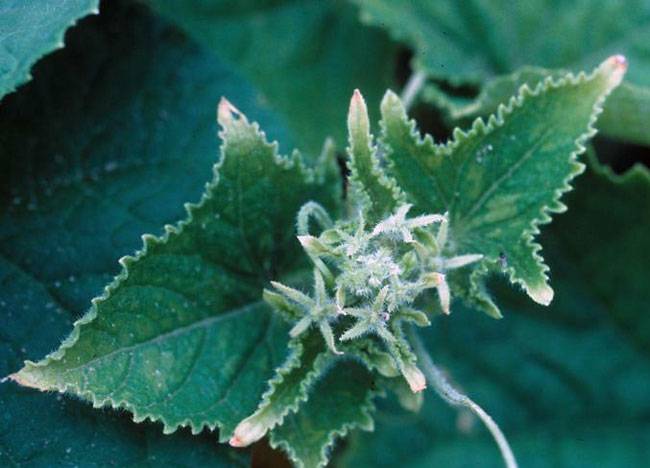Aster yellows, caused by a phytoplasma, is a significant disease affecting cucurbits and other broad-leaf plants. Transmitted by leafhoppers, this disease leads to stunted growth, disfigured foliage, and unmarketable crops. With a wide host range and favorable conditions for its vector, aster yellows poses challenges for crop management.
Key Points About Aster Yellows
1. Symptoms
- Foliage:
- Yellowing of leaves.
- Prolific growth of secondary shoots.
- Small, distorted, and thickened leaves.
- Stem and Growth Habit:
- Flowers and Fruits:
- Disfigured flowers with leafy bracts.
- Small, pale-colored fruits.
2. Cause
3. Disease Transmission
- Vector:
- Transmitted by leafhoppers.
4. Conditions Favoring the Disease
- Temperature:
- Optimal range for leafhopper development: 27–36°C.
- No development below 12–15°C.
- Humidity:
- Relative humidity below 75% supports vector multiplication.
5. Management Strategies
- Cultural Practices:
- Remove infected plants promptly to reduce spread.
- Control weeds in and around fields to eliminate phytoplasma reservoirs.
- Vector Management:
- Use row covers to protect plants from leafhoppers.
- Apply insecticides to reduce leafhopper populations and feeding activity.
Conclusion
Aster yellows is an economically significant disease with a wide host range. Early detection, proper vector management, and removal of infected plants are critical to minimize its impact. Integrated pest management strategies combining cultural and chemical controls can help protect cucurbit crops from this phytoplasma disease.








